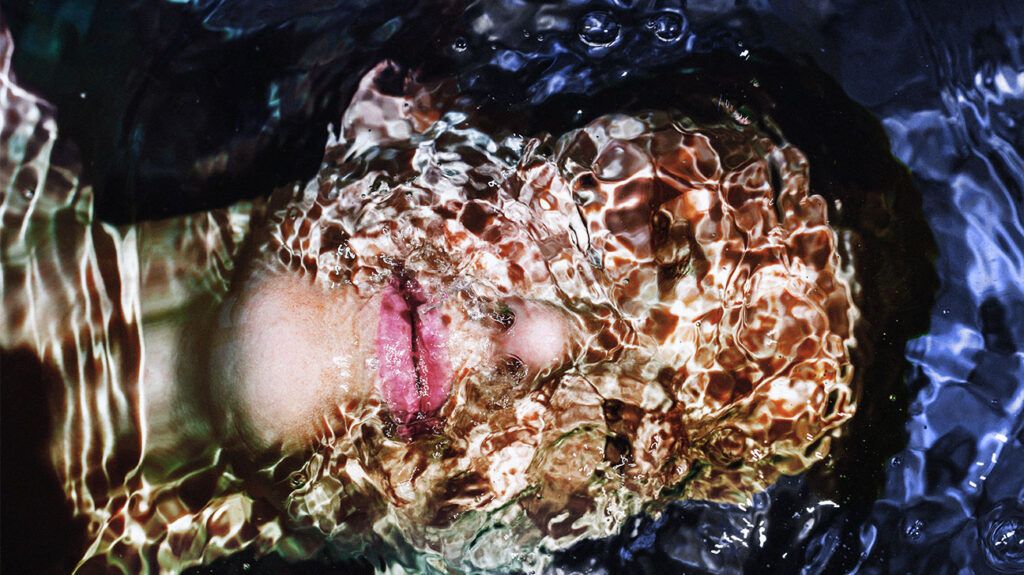Turbinate hypertrophy refers to an enlargement of structures in the nose, which can make breathing difficult. They often occur due to allergies or infections. Treatment may involve medications and surgery.
The turbinates are long, bony structures in the nose. They have many functions, including humidification and regulation of the air a person breathes. However, when these structures swell, they can become so large that they block the nasal passage and make breathing difficult.
Treatment for turbinate hypertrophy may vary depending on the underlying cause. It may involve nasal sprays to help reduce swelling or surgery to reduce the size of the turbinates.

Turbinate hypertrophy describes an excessive growth or enlargement of bony structures present in the nose.
The sidewalls of the nose include three structures called turbinates. The turbinates refer to long, narrow tissues that helps warm and moisten the air that flows in through the nose. They also help clear foreign particles and assist with the flow of mucus.
The nasal cavity generally consists of three sets of turbinates on each side. These include:
- the superior turbinates
- the middle turbinates
- the inferior turbinates
Most of the airflow in the nose passes between the middle and inferior turbinates. Enlargement of these structures can make breathing more difficult.
Turbinate hypertrophy typically occurs when the lining of the skin that covers the turbinate bone swells. Common causes can include:
- common cold
- upper respiratory infections
- sinus infections
- rhinosinusitis
- allergic and non-allergic rhinitis
- certain medications
- hormonal changes
A person may also have a structural problem in the nose. These may include
- concha bullosa, which is when one of the turbinates inside the nose fills with air.
- deviated septum
- nasal valve collapse
As turbinate hypertrophy involves the tissues inside the nose swelling up, the most common symptoms include:
- difficulty breathing
- nasal blockage
- nasal stuffiness
- nasal congestion while lying down
- congestion on the other side of the nose
- increased nasal drainage
- noisy breathing, or mouth breathing
If a person experiences symptoms, such as difficulty breathing and nasal congestion, it is advisable to contact a doctor. They will perform a thorough history and examination of the nose to reveal potential sources of blockage.
A doctor may use a nasopharyngoscopy to examine the nasal passage and turbinates. This involves placing a tube with a camera at the end through the nose to better examine the nose and the area behind it.
Treatment for turbinate hypertrophy can vary depending on the underlying cause. Typically, it may involve medications, allergy testing and therapy, surgery, or a combination of these methods.
Medications will aim to reduce inflammation and often include nasal sprays containing steroids, antihistamines, or saline solution. In some cases of acute turbinate hypertrophy, a doctor may recommend nasal decongestant sprays. However, it is important to use decongestants for longer than 3 days, as prolonged use can worsen symptoms.
If medications do not work, a doctor may suggest surgery. They will perform the procedure through the nostrils and will aim to decrease the size of the turbinates. Doing so can improve airflow through the nose while preserving turbinate function.
Without suitable treatment, symptoms of turbinate hypertrophy can worsen. These can include severe difficulty breathing through the nose, which can make sleeping or other activities difficult. A person may also experience frequent sinus infections.
Although rare, a person may also experience complications from turbinate surgery. This can include pain, swelling, and bleeding.
A person may also experience empty nose syndrome. This rare condition is when a person continues to feel congestion and nasal obstruction despite surgery correcting the nasal passage.
The turbinates refer to bony structures present in the nose. They have many functions, such as helping warm and moisten the air that flows in through the nose. When these structures swell, it is known as turbinate hypertrophy.
When these structures enlarge, it can lead to difficulty breathing and nasal stuffiness. This may occur due to infections, allergies, or structural problems in the nose. Treatments can vary but may include nasal sprays to reduce inflammation or surgery to reduce turbinate size.
